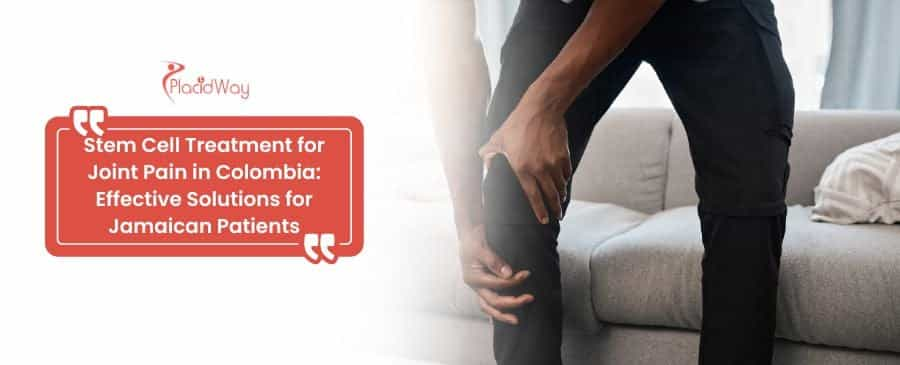
Key Takeaways
-
Significant Savings: Jamaican patients traveling to Colombia can save 50-70% on advanced stem cell therapy compared to prices in the United States, without compromising on quality.
-
Advanced Treatments: Top clinics in Bogota and Medellin utilize high-concentration, ethically sourced mesenchymal stem cells (MSCs), often from umbilical cord tissue (Wharton's Jelly), known for their potent anti-inflammatory and regenerative properties.
-
Comparative Costs (Per Joint Injection):
-
Colombia: $4,000 - $9,000
-
Mexico: $5,000 - $10,000
-
Turkey: $4,500 - $8,000
-
United States: $8,000 - $15,000+ (rarely covered by insurance)
-
What is Stem Cell Therapy for Joint Pain?
Stem cell therapy is a cutting-edge field of regenerative medicine that harnesses the body's natural healing abilities to repair and regenerate damaged joint tissues. It involves the precise injection of concentrated stem cells into an affected joint (like the knee, hip, or shoulder) to reduce inflammation, alleviate pain, and potentially restore lost cartilage, offering a powerful, minimally invasive alternative to surgery.
This treatment focuses on healing the root cause of the pain rather than just masking symptoms. The specialized cells used are typically Mesenchymal Stem Cells (MSCs). These cells are "pluripotent," meaning they have the unique ability to:
-
Differentiate: They can transform into specialized cells, such as chondrocytes (cartilage cells), to help rebuild damaged joint structures.
-
Modulate Inflammation: They release powerful anti-inflammatory proteins (cytokines) that calm the chronic inflammation characteristic of osteoarthritis and other joint disorders.
-
Signal for Repair: They act as "conductors" for the body's healing orchestra, signaling other local cells to begin the repair process.
For individuals suffering from chronic joint pain, this therapy offers hope for joint preservation, improved mobility, and a significant reduction in pain, delaying or even eliminating the need for invasive procedures like a total joint replacement.
Are You a Good Candidate for Stem Cell Therapy?
Ideal candidates are typically individuals experiencing mild-to-moderate chronic joint pain from osteoarthritis, degenerative conditions, or sports injuries who have not found lasting relief from conservative treatments like physical therapy or steroid injections. This therapy is best suited for those seeking to avoid or delay joint replacement surgery and who are in good overall health.
Who Benefits Most from This Treatment?
Stem cell therapy is most effective when there is still some cartilage left to preserve and regenerate. You may be a strong candidate if you suffer from:
-
Knee Osteoarthritis: This is the most common and successfully treated condition.
-
Hip or Shoulder Arthritis: Mild-to-moderate degeneration often responds well.
-
Chronic Sports Injuries: Partial tears of tendons (e.g., rotator cuff), ligaments (e.g., ACL, MCL), or meniscal tears.
-
Degenerative Disc Disease: In some cases, injections can be used for spinal joints.
-
Avascular Necrosis (AVN): A condition where bone tissue dies due to a lack of blood supply, often in the hip.
Who Might Not Be a Good Candidate?
This treatment is not a "cure-all" and may not be recommended for everyone. You might not be an ideal candidate if you have:
-
Severe "Bone-on-Bone" Arthritis: When there is no cartilage left, there is little for the stem cells to regenerate.
-
Active Infections: Any systemic or local infection must be treated first.
-
Certain Cancers: A history of blood-borne cancers may be a contraindication.
-
Use of High-Dose Steroids: Long-term steroid use can impair the healing process.
Why Choose Colombia for Regenerative Medicine? (A Focus for Jamaican Patients)
Colombia, particularly its major cities of Bogota and Medellin, has become a world-class center for regenerative medicine due to its advanced regulatory framework, highly specialized doctors, and JCI-accredited facilities. For Jamaican patients, it presents an exceptional combination of geographic proximity, significant cost savings, and access to some of the most advanced orthopedic treatments in the world.
Here’s why Colombia stands out:
-
Geographic Proximity: With direct, short flights available from Kingston, travel is far more convenient and less expensive than traveling to Europe or Asia. This makes follow-up visits or shorter trips feasible.
-
Advanced Standards: Many top Colombian hospitals are JCI-accredited, meeting the same high standards as top hospitals in the United. The national health authority, INVIMA, provides strict oversight on cellular therapies, ensuring cell quality and patient safety.
-
Specialized Expertise: Colombian orthopedic surgeons and regenerative medicine specialists are often trained in the US and Europe. They are highly experienced in the latest techniques for ultrasound-guided injections and cell processing.
-
High-Quality Cells: Leading Colombian labs specialize in processing allogeneic umbilical cord-derived MSCs (from Wharton's Jelly). These cells are sourced from healthy, screened donors and are prized for their high potency, viability, and immune-privileged status (meaning no risk of rejection).
Did You Know?
The mesenchymal stem cells (MSCs) used for joint therapy are not embryonic stem cells. The cells used in top Colombian clinics are ethically sourced from the Wharton's Jelly of donated umbilical cords after healthy, full-term births. These cells are young, robust, and pose no ethical concerns or risk of rejection to the patient.
The Stem Cell Procedure: What to Expect
The entire procedure is typically completed in an outpatient setting and takes just a few hours. It is a minimally invasive procedure that begins with a consultation and imaging, followed by the precise, image-guided injection of the stem cell preparation directly into the joint capsule.
Step 1: Initial Consultation (Remote & In-Person)
Your journey starts from Jamaica with a remote consultation. You will share your medical history and imaging (MRIs, X-rays) with the PlacidWay team and the Colombian specialists. They will review your case to confirm your candidacy for stem cell therapy. Once you arrive in Colombia, you'll have an in-person physical exam and final consultation.
Step 2: The Source of the Stem Cells
While some clinics use autologous stem cells (from your own fat or bone marrow), most leading Colombian clinics prefer allogeneic umbilical cord-derived MSCs.
-
Why Umbilical Cells? These cells are "younger," more numerous, and have superior regenerative potential. They are also immune-privileged, so they don't require an invasive harvesting procedure from your own body, making the process faster, less painful, and more potent.
Step 3: The Injection Process
-
Preparation: You will be made comfortable, and the joint area (e.g., your knee) will be sterilized.
-
Anesthesia: A local anesthetic is applied to numb the injection site. You will be awake for the entire process.
-
Guided Injection: This is the critical step. Using advanced imaging like ultrasound or fluoroscopy, the doctor guides a fine needle to the exact point of damage within the joint. This ensures the high-dose stem cell concentrate is delivered precisely where it's needed most.
-
Completion: The needle is removed, and a small bandage is applied. The injection itself usually takes less than 30 minutes. You will be monitored for a short period before being released to your hotel.
Understanding the Costs: Stem Cell Therapy in Colombia
The cost of stem cell therapy in Colombia is a primary advantage for medical tourists, often ranging from $4,000 to $9,000 per joint. This price is significantly lower than in the US and typically includes the specialist's consultation, high-concentration stem cell dosage, and all facility fees for the procedure.
While a PlacidWay package can bundle travel and accommodation, the base procedure cost is already highly competitive.
Comparative Cost of Stem Cell Therapy (Single Joint)
| Country | Average Cost (USD) | Notes |
| Colombia | $4,000 - $9,000 | Includes high-count umbilical cord (allogeneic) cells & guided injection. |
| Mexico | $5,000 - $10,000 | Similar quality and standards, especially in major hubs like Cancun or Tijuana. |
| Turkey | $4,500 - $8,000 | Very competitive pricing, but involves much longer travel from Jamaica. |
| United States | $8,000 - $15,000+ | Often uses autologous (bone marrow) cells, which may be less potent. Rarely covered by insurance. |
| Jamaica | Limited Availability | Access to these specific high-dose regenerative therapies is often limited. |
Factors that influence the final price include:
-
The specific joint being treated (e.g., a hip may be more complex than a knee).
-
The number of joints treated at one time.
-
The specific dosage and concentration of stem cells required for your condition.
Recovery, Aftercare, and Expected Results
Recovery from a stem cell injection is minimal; patients walk out of the clinic and can typically fly home within a few days. You will be advised to rest the joint for 48-72 hours, followed by a dedicated physical therapy regimen. Noticeable pain relief often begins within 4-8 weeks, with optimal functional improvements and tissue regeneration occurring over the next 3-6 months.
Here is a typical recovery timeline:
-
First 2-3 Days: Rest the joint. You may experience mild swelling or soreness, which is a normal inflammatory response. Avoid anti-inflammatory drugs (like Ibuprofen) as this initial inflammation is part of the healing signal.
-
First 2-4 Weeks: Avoid high-impact activities (running, jumping). You will be encouraged to start a gentle range-of-motion and strengthening program, ideally with a physical therapist.
-
1-3 Months: This is when most patients report a significant reduction in pain and an increase in mobility. The stem cells are actively working to repair tissue.
-
3-6+ Months: Optimal results are typically seen as the new tissue matures and strengthens. The benefits of a single injection can last for several years.
Expert Insight
"We cannot overstate the importance of post-procedure physical therapy. The stem cells are the 'seeds' for repair, but the physical therapy is the 'water and sunlight' that guides that growth. A structured rehab program is essential to retrain the muscles, optimize joint mechanics, and ensure the new tissue heals correctly. Patients who are diligent with their PT consistently see the best long-term outcomes."
Risks, Safety, and Alternatives
Stem cell therapy is considered extremely safe, with a very low risk of complications, especially when using allogeneic umbilical cord cells that eliminate any risk of rejection. The most common side effects are temporary pain or swelling at the injection site. Alternatives include traditional treatments like steroid injections, PRP, or total joint replacement surgery.
Potential Risks and Side Effects
The risks are minimal and far lower than those associated with surgery:
-
Injection Site Pain: Mild to moderate soreness for a few days is common.
-
Swelling: A temporary inflammatory response.
-
Infection: This is very rare when the procedure is performed in a sterile clinical environment.
-
No Improvement: There is a possibility the therapy may not work for your specific condition, especially in very advanced "bone-on-bone" cases.
Common Alternatives to Stem Cell Therapy
If you are not a candidate, you may consider:
-
Platelet-Rich Plasma (PRP) Therapy: Uses your own blood platelets to stimulate healing. It's often more affordable but generally considered less potent than stem cell therapy for moderate-to-severe arthritis.
-
Viscosupplementation (Hyaluronic Acid): Injections that "lubricate" the joint, providing temporary pain relief.
-
Corticosteroid Injections: Powerful anti-inflammatories that provide rapid but short-term pain relief. Long-term use can damage cartilage.
-
Total Joint Replacement: A major surgery to replace the damaged joint with a prosthetic. This is the last resort but is highly effective for end-stage arthritis.
FAQs: People Also Ask
Patients traveling from Jamaica often ask about the longevity of the results, the pain level of the injection, and the specific cell types used. Here are answers to the most common questions about receiving stem cell therapy in Colombia.
How long do the results of stem cell therapy for joints last?
The results vary by patient and the severity of the condition, but many people experience pain relief and improved function for 2 to 5 years or longer after a single treatment. The therapy aims to fundamentally change the joint environment and regenerate tissue, not just mask symptoms.
Is the stem cell injection painful?
The area is numbed with a local anesthetic, so you should only feel a pressure sensation. The procedure is generally not considered painful. You may have some post-injection soreness for a few days, which is manageable with over-the-counter pain relievers (like Tylenol, not anti-inflammatories).
What is the success rate of stem cell therapy for knee osteoarthritis?
While "success rate" can be subjective, published clinical studies show that 75-85% of patients with mild-to-moderate knee osteoarthritis report significant pain reduction and functional improvement 6-12 months after treatment.
Is stem cell therapy approved by the FDA or Colombian equivalent (INVIMA)?
This is a key point. In the US, the FDA has not approved stem cell therapy for most orthopedic conditions, which is why it's not covered by insurance. However, Colombia's regulatory body, INVIMA, has established clear guidelines for the "processing and use of cellular therapies," allowing clinics to operate with high standards of safety and quality control.
What's better: stem cells from my bone marrow (autologous) or from an umbilical cord (allogeneic)?
For joint pain, umbilical cord-derived (allogeneic) MSCs are widely considered superior. They are younger, more vital, and available in much higher concentrations. They also don't require a separate, painful harvesting procedure from your hip bone, which simplifies the process and reduces recovery time.
How soon can I fly back to Jamaica after the procedure?
Most patients are clear to fly 2 to 3 days after their procedure. This allows for a short monitoring period and a follow-up check-in with the doctor. The flight itself poses no risk to the treated joint.
Does insurance cover stem cell therapy?
Because it is still considered investigational by most providers in the US and Jamaica, stem cell therapy is not typically covered by insurance. This is a primary reason why the affordable, self-pay medical tourism packages in Colombia are so attractive.
Why Trust PlacidWay for Your Treatment in Colombia?
PlacidWay is your trusted partner for navigating medical tourism to Colombia. We bridge the gap for Jamaican patients by connecting you with a pre-vetted, exclusive network of the top orthopedic and regenerative medicine clinics in Bogota and Medellin. We remove the uncertainty by managing logistics, ensuring transparent, all-inclusive pricing, and providing personalized support from your first consultation to your safe return home.
When you choose PlacidWay, you get:
-
Access to Elite Clinics: We only work with internationally accredited facilities and doctors with proven track records in regenerative medicine.
-
Transparent Package Pricing: No hidden fees. We provide clear, itemized quotes that often include treatment, transfers, and translation services.
-
Personalized Support: A dedicated Case Manager will assist you with medical records, travel logistics, and communication with the clinic.
-
Peace of Mind: We do the research so you can focus on your health. We ensure the clinics we partner with adhere to the highest standards of cell quality and patient safety.
Don't let joint pain limit your life. Explore the advanced, affordable, and effective solutions available just a short flight away.
Ready for Your Stem Cell Therapy Procedure in Columbia?
Contact PlacidWay Today for a FREE, No-Obligation Quote for Stem Cell Therapy in Colombia


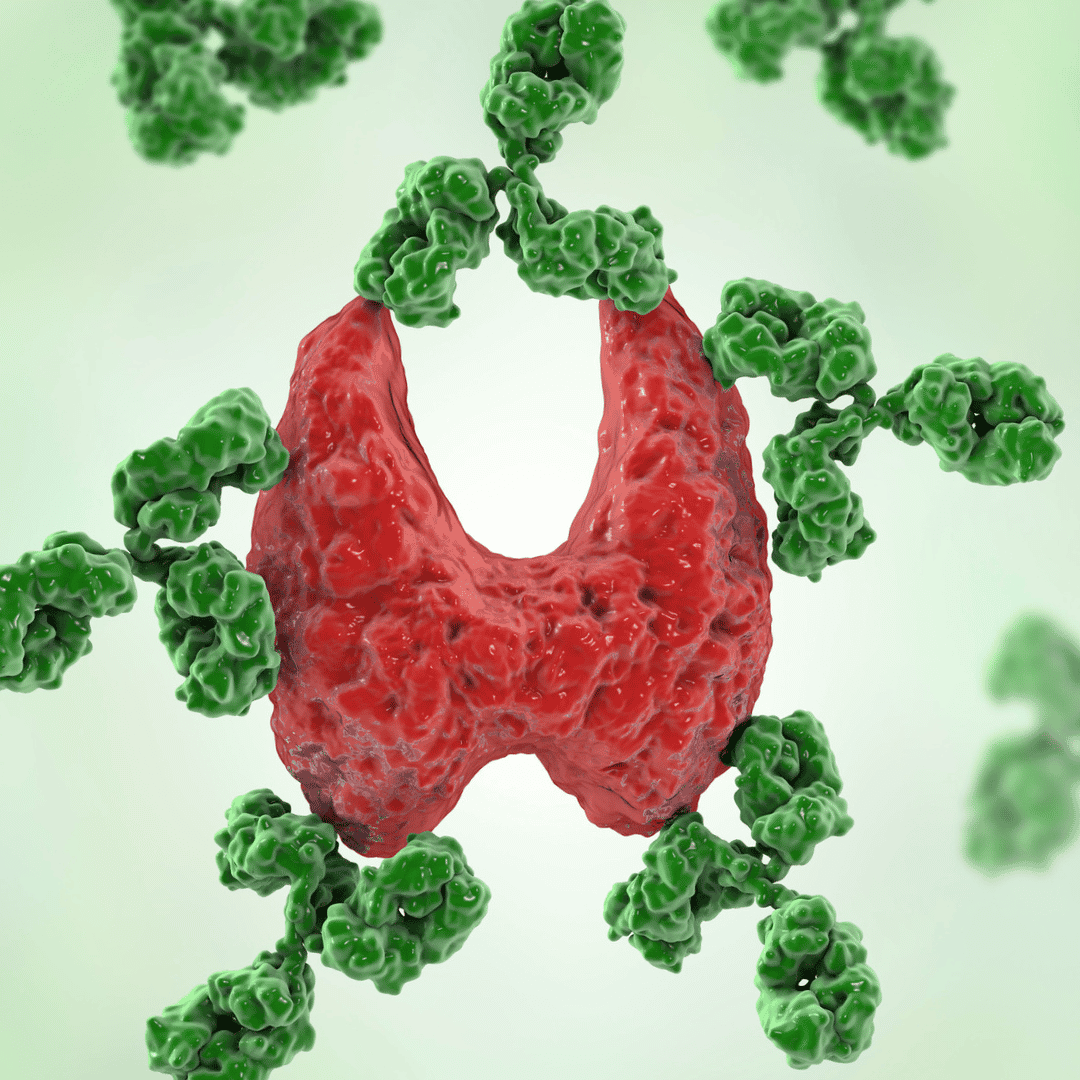

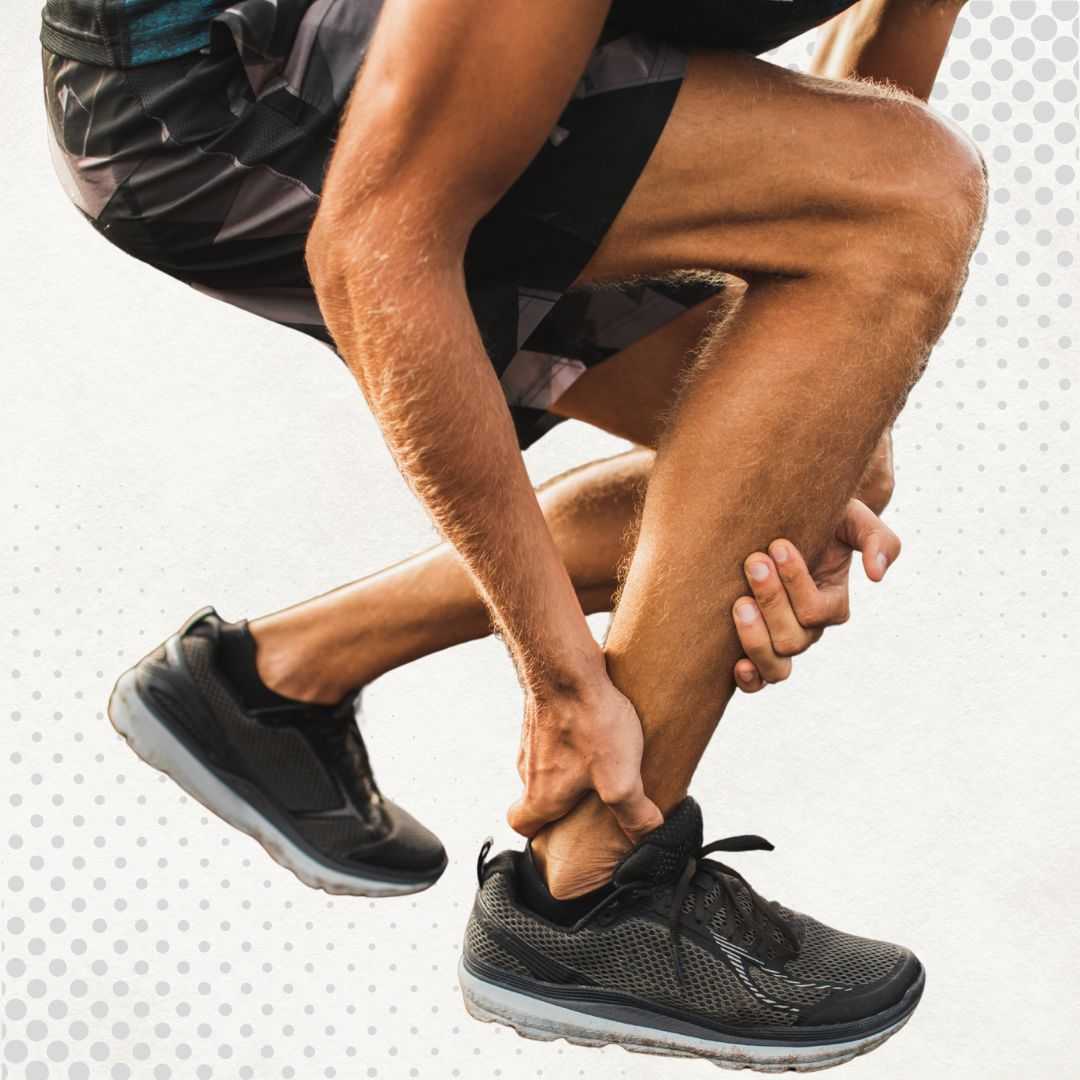

.png)
.png)
.jpg)
.png)
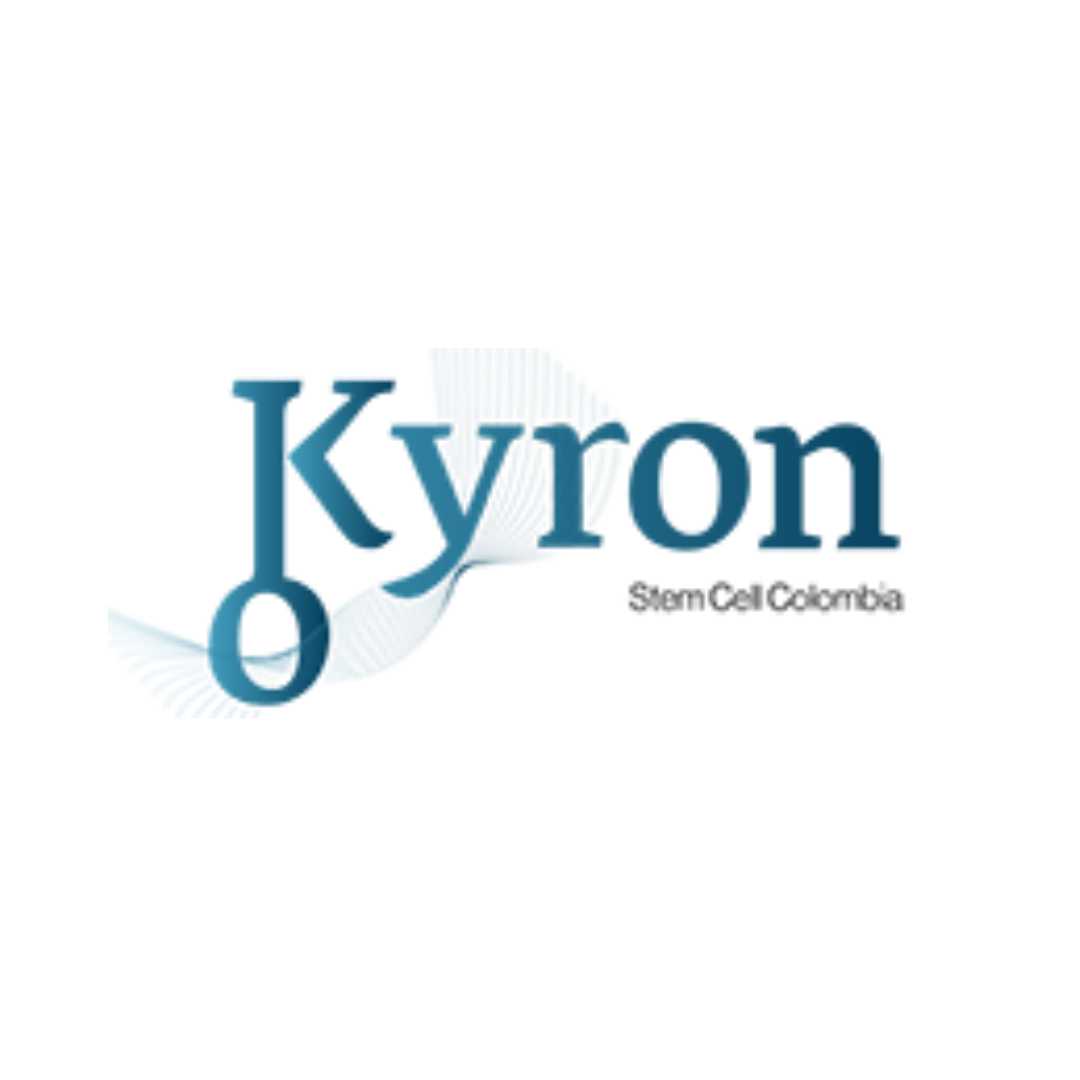

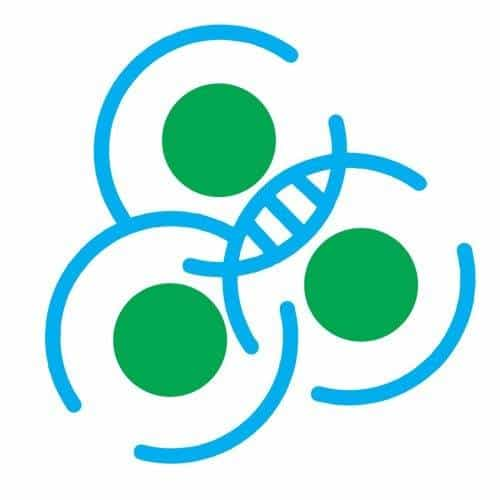
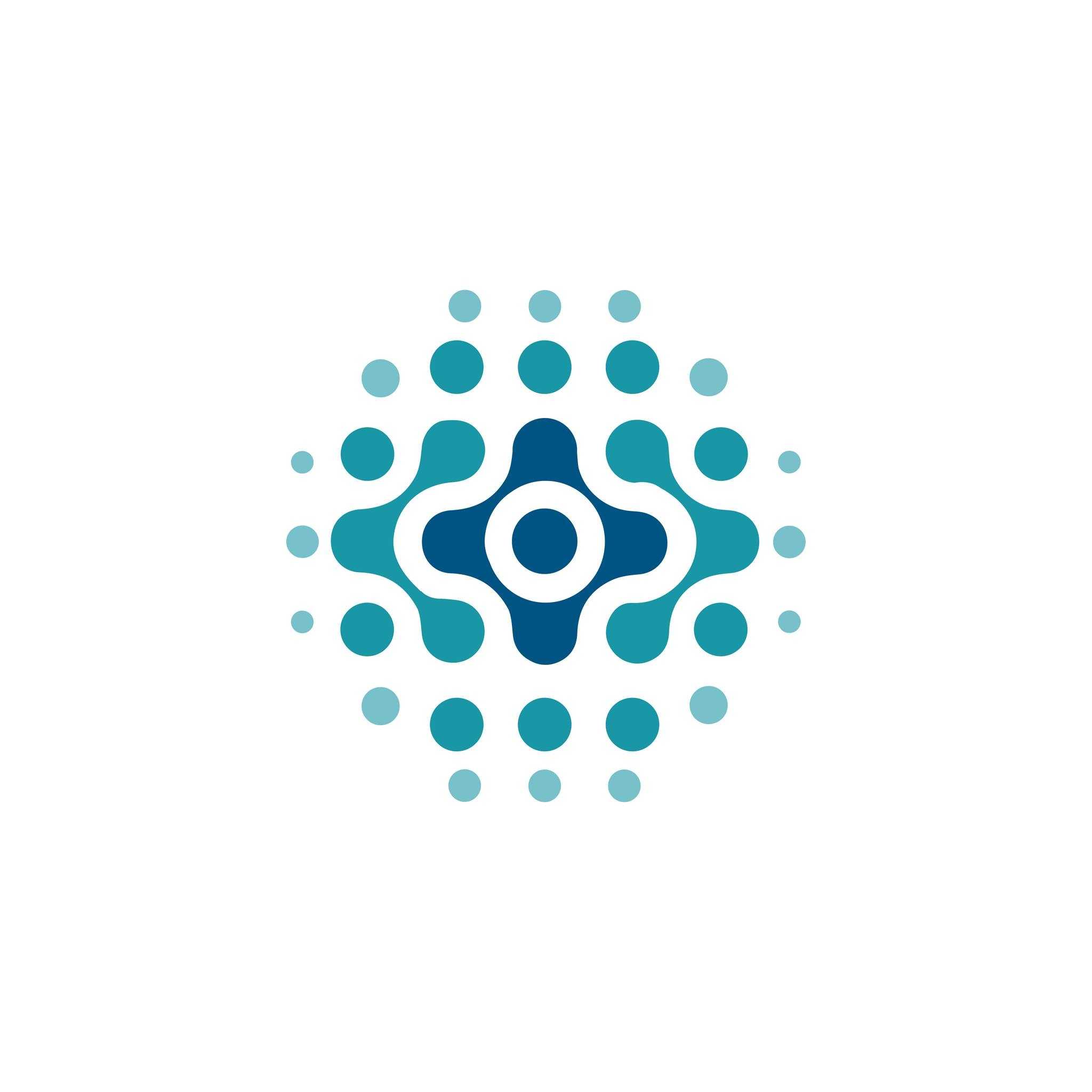
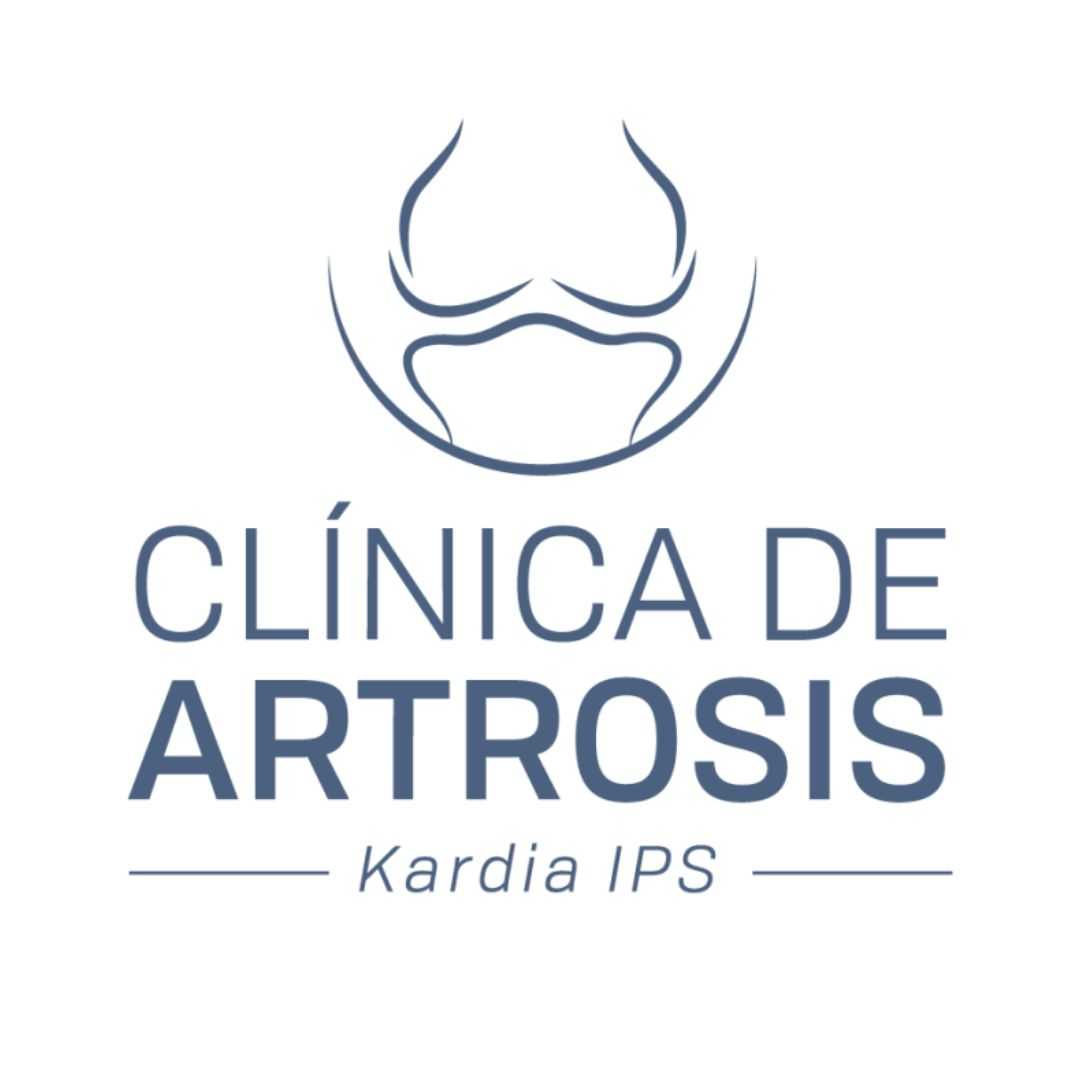

Share this listing